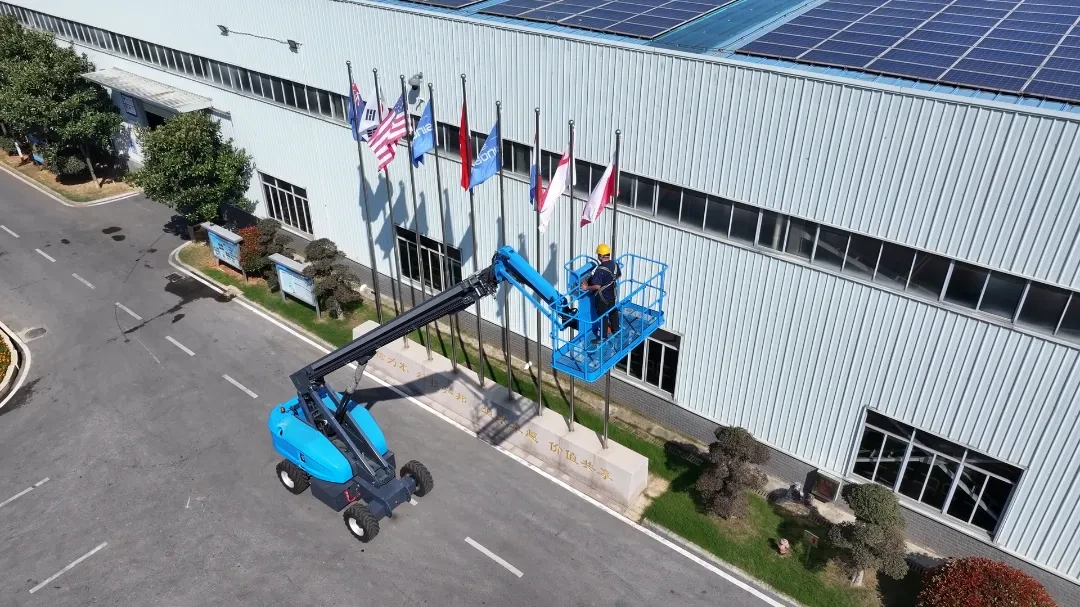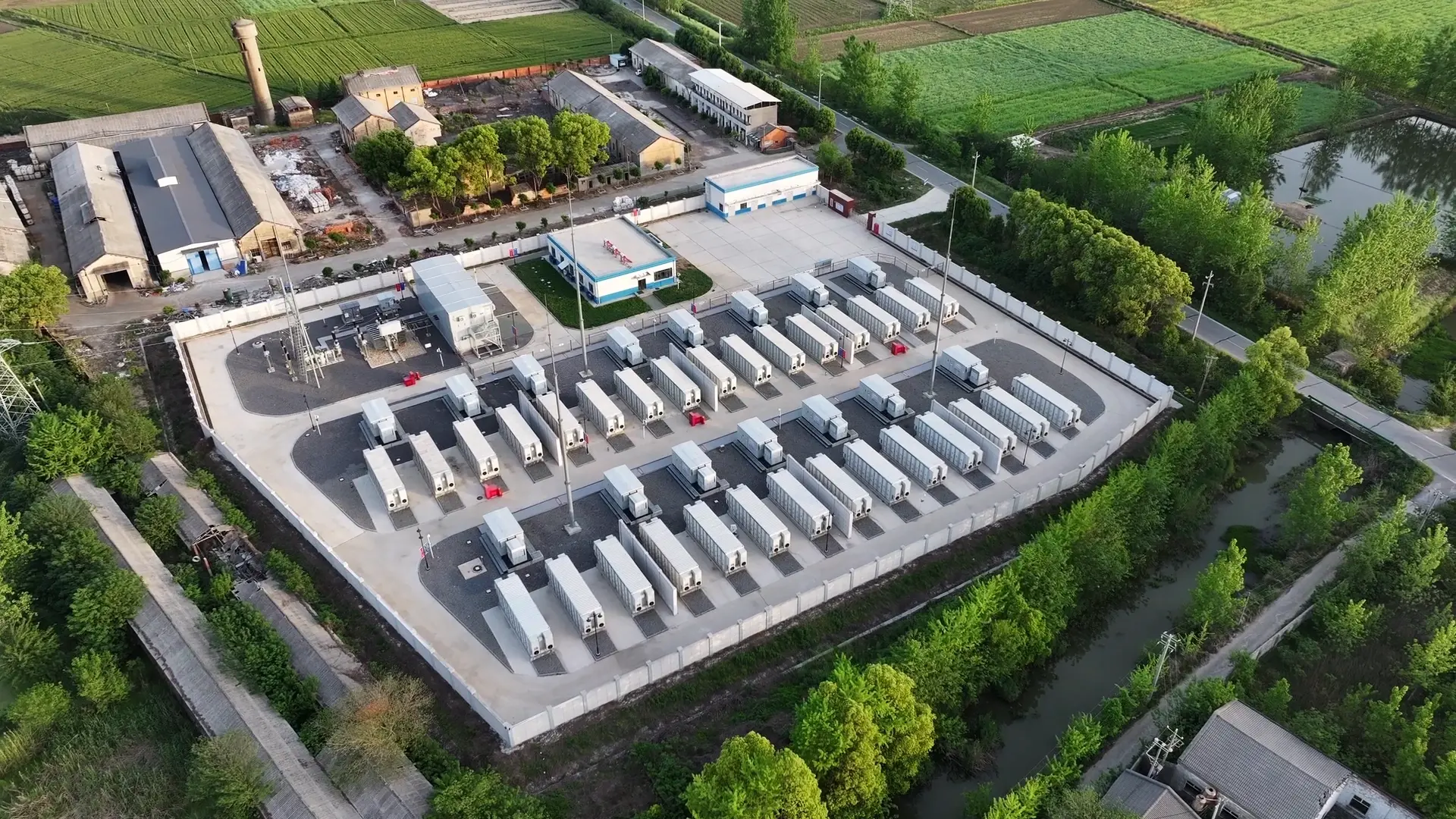In the fast-growing world of power backup technology, businesses are always looking for smarter, safer, and more efficient ways to protect critical equipment from downtime. Two solutions often come up in discussions: UPS lithium batteries and supercapacitors (ultracapacitors).
While both offer energy storage capabilities, they are built on very different concepts—with distinct advantages, limitations, and ideal use cases. This article gives you a clear comparison, and shows why lithium UPS batteries are still the most widely adopted solution for commercial and industrial deployments.
How They Work at the Core?
Although both store energy, UPS lithium batteries and supercapacitors work very differently and are suited for distinct applications. Here’s a simple comparison:
|
Feature |
Lithium UPS Battery |
Supercapacitor |
|
Energy Storage Type |
Chemical |
Electrostatic |
|
Discharge Duration |
Minutes to hours |
Seconds to a few minutes |
|
Best For |
Backup power until generator starts |
High power bursts, fast charging |
|
Lifecycle |
3,000–6,000+ cycles |
100,000+ cycles |
|
Voltage Stability |
Stable under load |
Fast decline as it discharges |
What This Means in Practice
● UPS lithium batteries are ideal when you need backup power for several minutes or more, such as bridging the time until a generator starts, while maintaining relatively stable voltage.
● Supercapacitors excel in very short-term, high-power bursts, such as voltage stabilization or instantaneous load support, but cannot sustain long-duration power supply.
In short: supercapacitors are for “instant bursts”, while UPS lithium batteries are for “steady backup.”
Application Scenarios: Where Each Technology Shines?
Both UPS lithium batteries and supercapacitors have their strengths, depending on the application. Here’s a practical guide to help you understand which technology fits best:
|
Application |
Best Choice |
Why |
|
Data centers (Tier III/IV) |
Lithium UPS Battery |
10–30 min backup needed before genset starts |
|
Telecom tower backup |
Lithium UPS Battery |
High energy density, modular rack design |
|
Industrial equipment protection |
Depends |
Short bursts = supercapacitor; longer uptime = battery |
|
Electric vehicle regenerative braking |
Supercapacitor |
Fast charge/discharge cycles |
|
Consumer electronics |
Battery |
Stable output + high energy storage |
Key Takeaways
● UPS lithium batteries are the mainstream choice for long-duration backup and critical infrastructure.
● Supercapacitors shine in ultra-short, high-power bursts where rapid charging and discharging are essential.
● Some advanced systems may combine both to achieve the benefits of instant response and sustained backup.
Understanding the strengths of each technology helps you select the most reliable and cost-effective solution for your power needs.
Certifications and Deployment Readiness
One of the main challenges for using supercapacitors in large-scale UPS systems is the lack of widely recognized global safety standards for stationary energy applications. This makes certification, deployment, and international shipping more complex and less predictable.
By contrast, UPS lithium batteries—especially industrial-grade solutions—are supported by mature global certifications, ensuring safety, reliability, and compliance across regions. Key certifications include:
● IEC62619 (CB Scheme) – Ensures industrial lithium batteries meet rigorous safety and performance standards, recognized internationally.
● UL1973 – Verifies the safety of stationary energy storage systems in North America.
● UN38.3 – Mandatory for safe international transport of lithium batteries by air, sea, or road.
● IEC60068 – Confirms batteries can withstand real-world environmental conditions, including temperature, vibration, and humidity.
Vision’s UPS lithium batteries meet IEC62619 and IEC60068 standards, enabling fast, compliant deployment worldwide while minimizing regulatory hurdles and shipping delays.
This certification maturity is one reason why lithium UPS batteries remain the preferred choice for critical infrastructure, including data centers, telecom sites, and industrial power systems.
Total Cost of Ownership (TCO)
|
Cost Factor |
Lithium UPS Battery |
Supercapacitor |
|
Initial Investment |
Moderate |
Higher |
|
Backup Duration |
Long enough for safe shutdown or generator start |
Very short, may need hybrid design |
|
Replacement Cycle |
8–10 years |
Longer cycle life but limited energy storage |
|
Ecosystem Compatibility |
Mature for UPS, BMS, EMS |
Less standardized for UPS applications |
Key Takeaways
● Supercapacitors offer ultra-long cycle life and low maintenance, but their short-duration energy storage means additional power electronics or hybrid systems are often required for typical UPS applications. This increases both system complexity and cost.
● Lithium UPS batteries provide a balance of moderate upfront cost, sufficient backup duration, and proven compatibility with existing UPS and energy management systems.
In practical terms, lithium UPS batteries often deliver better value and lower operational risk for mission-critical infrastructure, while supercapacitors remain suitable for specialized ultra-short burst applications.
So What's the Verdict?
Both UPS lithium batteries and supercapacitors have clear value—but in different scenarios.
● Supercapacitors are ideal for ultra-fast power bursts or bridging gaps of seconds.
● Lithium UPS batteries are ideal for most commercial, industrial, and mission-critical backup applications, thanks to longer backup time, mature safety certifications, and optimized cost-per-kWh.
If your project requires high energy density, certified safety, ease of deployment, and trusted global supply,lithium UPS batteries remain the clear choice.




























 2025-11-07
2025-11-07 Name
Name Tel
Tel Email
Email Country
Country Company
Company Information
Information